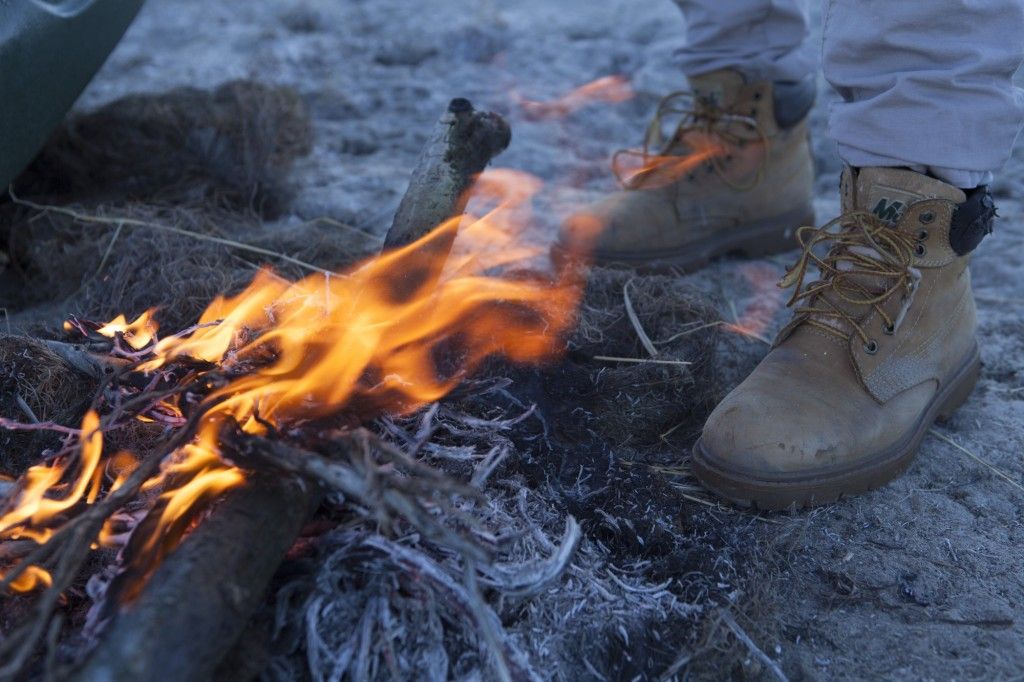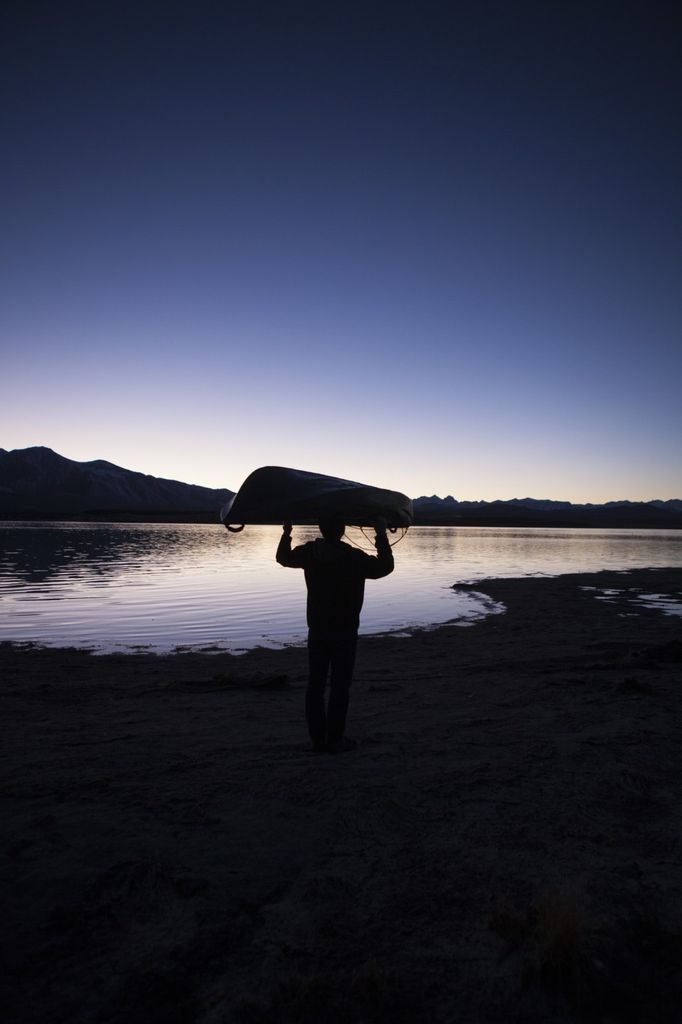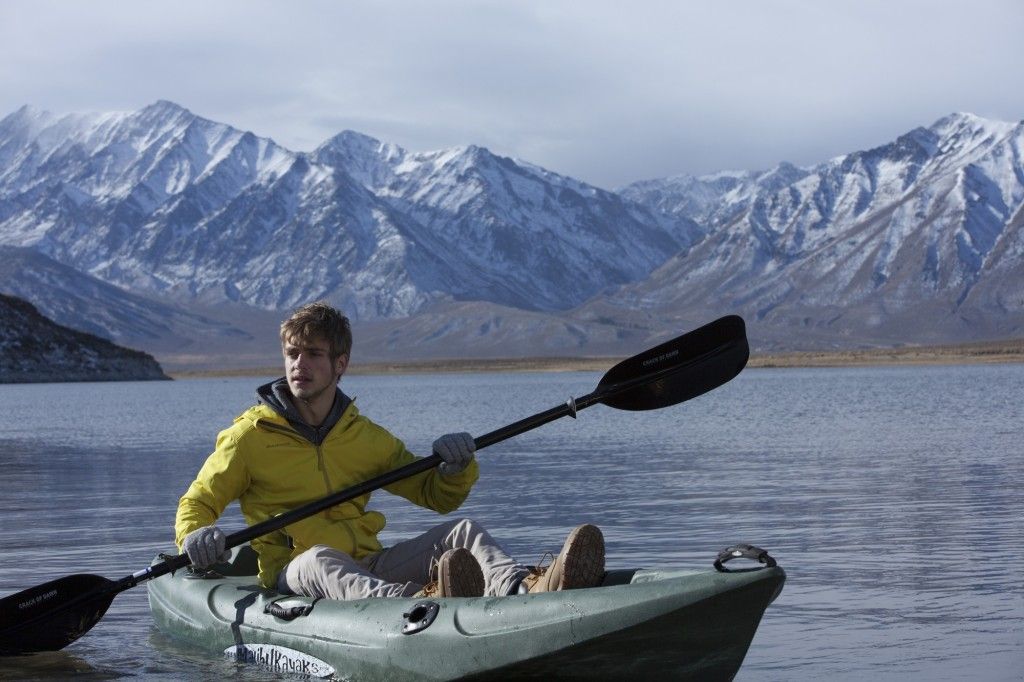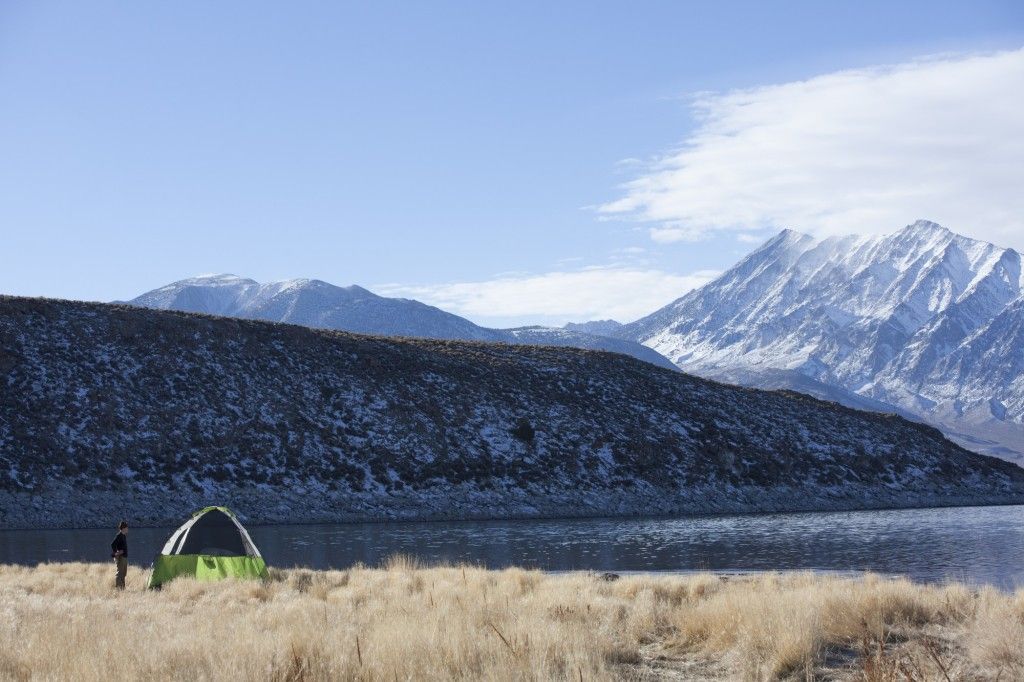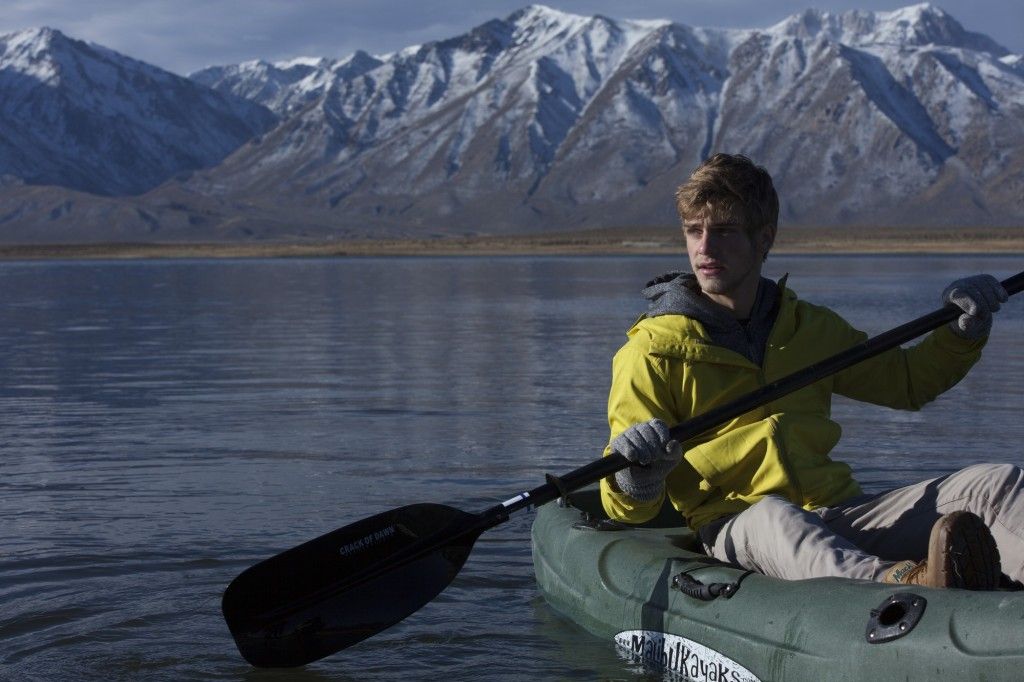Photos by Deepak Adhikary
The forecast said “snow” as some friends and I strapped a kayak onto the SUV and headed up North. We packed zero-degree sleeping bags, a tent and some lanterns for our expedition into the unfamiliar area of the Inyo National Forest in close proximity to Yosemite National Park.
By California standards, the drive was “only” five hours long. We passed through a sizable stretch of desert with Joshua trees and mountain ranges stretching upward in either window. Barring a small number of tourist and industrial towns, the drive was rather remote. As we climbed in elevation — 1,000, 2,000, 3,000, 4,000 feet — wisps of snow speckled the tops of mountains and our ears began to pop.
One thing we learned upon arrival is that there is no such thing as “Mammoth Lake.” The town of Mammoth Lakes sits at the base of Mammoth Mountain and is home to a large number of lakes spanning from newly melted puddles to larger, mountaintop pools. Per the advice of a ranger in the Welcome Center, we chose Crowley Lake because of the scenery and the availability of dispersed (read: free) camping.
We arrived at camp near sunset, and the sky to our rear was bathed in purple light with the setting sun. A panorama of snow-tipped mountains skirted our campsite, which we set just 30 feet from the lakefront. The sounds of birds and the occasional coyote pierced the crisp, evening quiet as we assembled the tent and carried gear from the car. Temperatures dropped, so we flipped on the lanterns and huddled inside the tent eating Pop-Tarts and Cheez-Its.
First, the negative: The tent was nothing to write home about. Campus Rec’s lack of four-season tents is unfortunate, and our six-person tent did nothing to insulate from the cold, nor did it keep frost from falling through. Eventually we recognized the futility of the rain cover and decided to fall asleep counting meteors and staring into the depths of the Milky Way.
The quality deficit of the tent was vastly overshadowed by the zero-degree sleeping bags. As someone who primarily camps using hammocks in moderate to warm climates, I was amazed by the insulation of the Campus Rec sleeping bags. It was unbelievable how quickly and how well they functioned in frigid weather.
In fact, the quality of Campus Rec gear is, on the whole, top-notch. The backpacks, the sleeping bags, the camping stoves and the sleeping pads are, in my opinion, an unbelievable and economical commodity.
The next morning, our water supplies and our fruit were completely frozen. Frost lined the walls of the tent, and the drop in temperature left us shivering while we waited for the sun to rise. Though there was little wood in the area, we were able to build a fire using cow manure and dried grass on the frosty bank of Crowley Lake. We saw wolf prints in the soft embankment, and after warming up, we decided to launch the kayak for a calm, albeit cold, excursion onto the small lake.
Several kayaks are available for rent through Campus Rec, but unlike products such as sleeping bags and tents, they are for daily rental only. This makes weekend trips a considerable expense, because they invariably require at least three days — which, at $15 per day, brings the total to $45. Still, the option to pick up a kayak and drive anywhere in the state is an enticing concept, and it’s much cheaper than buying one yourself.
Just as the sun began to rise and I started dropping layers, we saw a snowstorm in the distance. Within an hour, we were in the midst of a fierce, blustering cloudburst of snow. My hat flew off my head and into the water. Several among us slipped on the ice. Temperatures dropped, and the wind was biting. We quickly piled into the car to return to Malibu with a fresh repository of stories and a hankering for hot chocolate. Only in California, I thought, can you be in a snowstorm before lunch and on the beach by dinner.
___________
Follow Nate Barton on Twitter: @NateBarton


